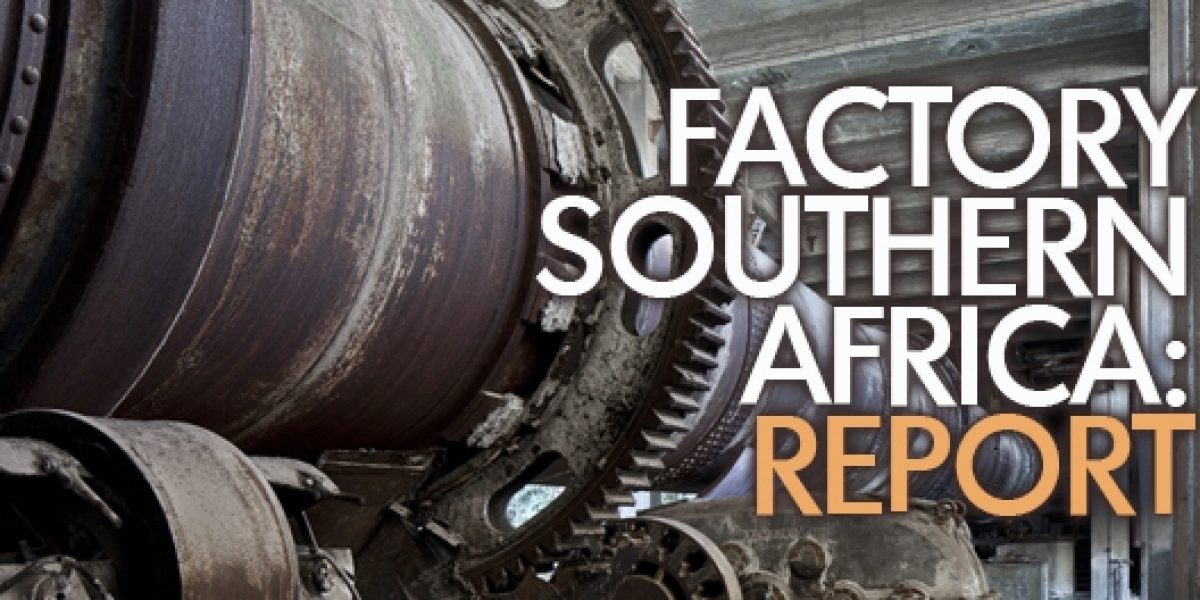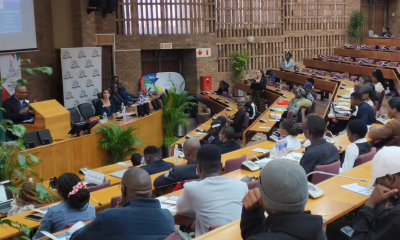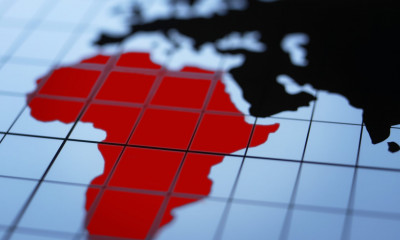The publication is the result of an extensive collaborative effort across many organisations and experts that have contributed within their fields of expertise.
Download the summary report (2.88 MB),
Topics in the report range from the theory of global value chains, level of integration, trade facilitation, trade and investment policy, services, labour and more. These background papers have been drawn into a Summary Report, which is an in depth analysis on understanding how and why Southern African states should and could promote global and regional value chain development in the region.
What are value chains and how do they work?
Previously states have industrialised by focusing on production and consumption at the national level – the sourcing of raw materials and production of manufactured goods was done within the nation state and then the product was sold locally or exported to external markets. However, with an increasingly connected world and the ability to move products and people as well as information rapidly across the globe, there has been a dramatic increase in specialisation of activities and a fragmentation of the manufacturing chain across countries if not continents. Large corporations typically source competitive inputs from across the globe in order to produce at the lowest and most efficient point without compromising the quality of the output. For China and large part of East Asia, participation in global value chains became the basis from which their economies grew at double-digit levels and poverty levels came down. This would suggest that Southern Africa could pursue integration into value chains in order to replicate the successes of the East.
Obstacles in Southern Africa
Southern Africa, however, is only weakly linked into global value chains (excepting South Africa’s participation in the automotive chains and Lesotho’s participation in the apparel chain). The question remains as to whether certain policy choices could open the door for such participation – and whether participation in value chains is even desirable.
Another question is whether Southern Africa can develop its capacity to move up the ladder of value within the value chain. Traditionally, Southern Africa inputs at the lowest level, close to commodity extraction, rather than at the higher, more lucrative, end. With China upgrading to higher input levels, it is estimated that 80 million jobs could shift to Africa, but which countries in Southern Africa could capitalise on this opportunity, given high labour costs.
Southern Africa’s weak participation in global value chains is partly due to its geographical remoteness from world markets and the lack of modern infrastructure that could bring trading costs down. Another challenge is the relatively small size of the population, estimated to be 30 times smaller than in East Asia. This results in a small but expensive labour force with a small market to sell to. These challenges are hard to change. However, policy makers could focus on the less binding constraints of the region’s trade and trade facilitation environments. Addressing tariff and non-tariff barriers to trade within the region, could go a long way towards addressing the cost of doing trade and attracting more investment to the region.
Opportunities for Southern Africa: Productivity and Jobs
The report argues that participation within global value chains exposes countries to globally-leading technologies and business practices, resulting in significant long-term productivity gains. These gains should allow countries to move higher up the value-chains – as China is now doing – but also have spill-over effects in terms of stimulating the rest of the economy. This means more and better jobs.
Analysis done shows that South Africa’s participation in the automotive value chain has resulted in three indirect jobs for each direct job, created predominantly in the services sector. The report further argues that the SACU region is well placed to become a gateway into the rest of Southern Africa and that services – such as like transport, producer services, banking, consultancy services and logistical services – should form part of the development of a gateway.
Recommendations
The World Bank report has three core recommendations in order to promote SACU as a gateway for global value chain development in Southern Africa:
- Promotion of regional economic densification: This recommendation boils down to trade facilitation measures that need to be improved drastically in the region in order to bring markets and people closer to one another by decreasing cost and time associated with trade. The focus is on transport infrastructure, trade policy harmonisation, liberalising the movement of labour and the promotion of special economic zones.
- Skills, services and infrastructure competitiveness: This recommendation focuses on improving the productivity of the Southern African labour force by focusing on technical and management skills, improving cross-border services trade and improving the reliability of electricity and the quality and affordability of ICT infrastructure.
- Promoting open regionalism and institutional co-ordination: The report firmly recommends close co-operation on policy efforts between institutions at the regional level.
Talitha Bertelsmann-Scott heads the Economic Diplomacy Programme at SAIIA.







